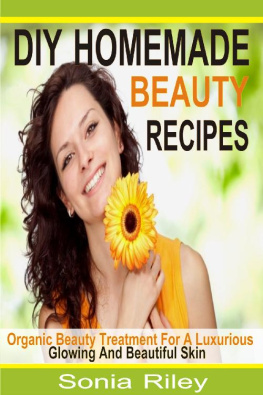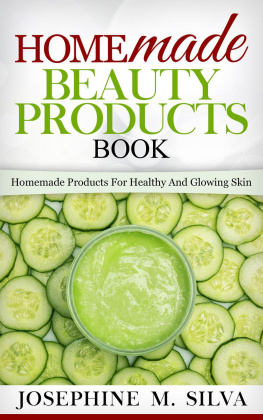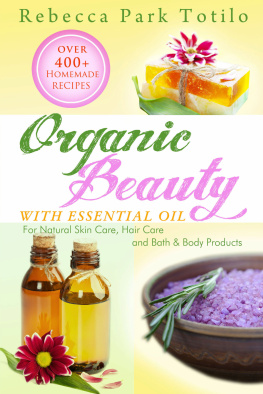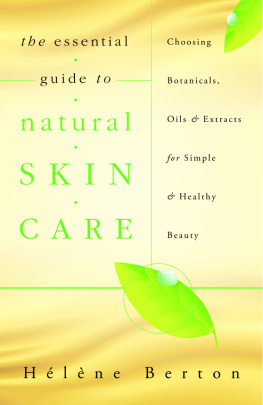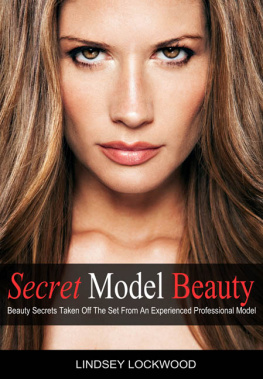
(Courtesy of Gabriel Brandt)
This is where Make Your Own Beauty Products comes in. This practical and informative guide gives you all the information you need to be as naturally beautiful and environmentally conscious as possible. Youll learn which herbs can be used to soothe, moisturise or repair skin conditions, which vegetables work well as a toner, and how to make rejuvenating masks with your leftover fruit and vegetables.
Well get you started with a suggested planting guide, to ensure you have a continual supply of ingredients to use in your beauty products. Even if you only have a kitchen garden, aloe vera, mint and chamomile are important elements to include in your beauty regime.
Our easy-to-follow recipes use ingredients which are easily sourced and simple to prepare. And our shopping list will also help you ensure your fridge and cupboards are stocked with all you need.
Whether it is a shampoo, conditioner, facial spritz, cleanser or hydrating mask, our DIY guide will help rejuvenate your skin, while helping you do your part for the environment, and your overall health.
Youve shunned packaging, have a small, but flourishing, herb garden, filter your own water and religiously use your recycled shopping bags. But what about your beauty regime? As we begin to embrace a slower, greener and more natural way of life, perhaps its time to explore the different ways you can include a more natural beauty regime into your life. Which is good news for your skin and overall health. The trend for making your own beauty items is no longer considered hippyish or alternative.
The rise in DIY beauty, and natural beauty, has grown exponentially during the past decade. Its estimated that 41 per cent of beauty consumers use a DIY product (facial cleansers are the most popular). According to Euromonitor International, people are turning towards brands and products that promise transparency. Theres also the sense of control you have over what youre putting on your skin, in the same way many of us like to have control over what we consume. Its all about going back to basics.
Its not surprising that there has been a slow but growing backlash against commercial beauty products. In 2019, Johnson & Johnson, the makers of various skincare products namely baby shampoo and talcum powder were ordered to pay millions of dollars to a group action, claiming the talc caused their cancer. Another, less publicised court case, agreed with a class action filed by people who blamed haircare company Wen for their hair loss. Fine? $26 million.
Which is where this book comes in. Making your own beauty products means that in the long run youll save money, plus youll also know exactly what youre putting on your skin (and in small ways, your body). Which is a positive step for you, your skin, your overall health, and the environment.
CHAPTER ONE
ABOUT YOUR SKIN
THERES A GOOD reason why so much research and money are invested in caring for your skin. It is, after all, the bodys largest organ. Its a temperature gauge of whether were happy, sad, hot, cold, feeling hormonal, stressed, tired, whether our system is overwhelmed or dealing with too much sugar, fats or packaged foods.
The skin covers the entire surface of the body about 18 square feet in all and is self-repairing and self-renewing. It acts as an interface between your internal and external environment: consider the spots you get around your chin when youre hormonal. Thats your internal system communicating through one way it knows how to your skin.
If youve ever suffered from a skin condition, or breakouts, you know how self-conscious it can make you. By learning about your skin, what it reacts to (both negatively and positively) and what helps to calm it, youre able to take control of your skins health. After all, like it or not, our appearance is the first thing people notice about us. Eating well, using natural, calming and kind beauty products on our skin are surely the best ways to make a good first impression.



